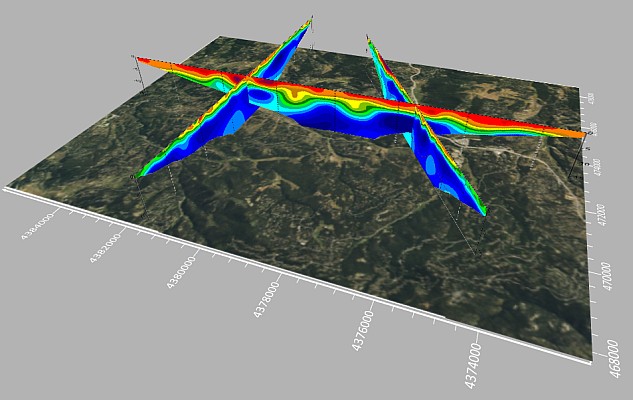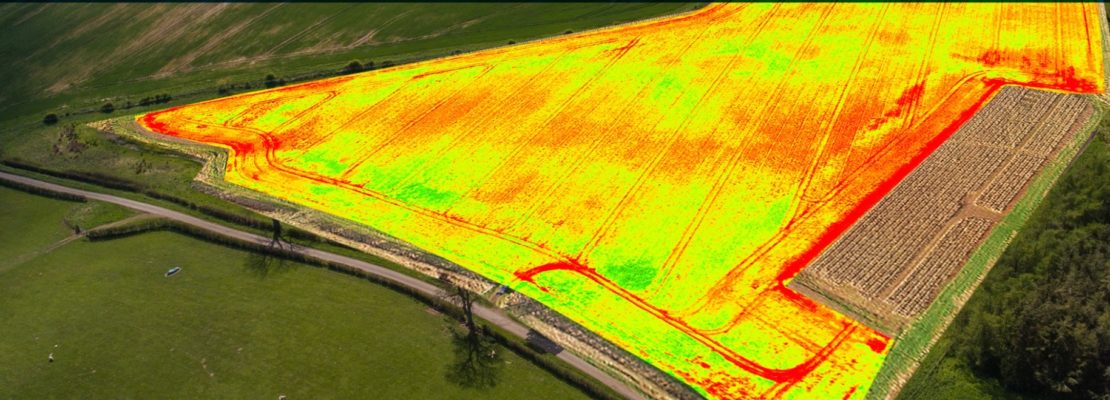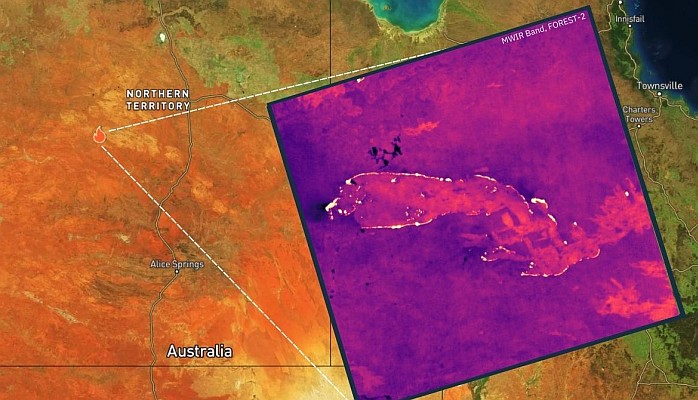Four days after the German radar satellite TerraSAR-X has been launched from the Baikonur Cosmodrome, in Kazakhstan, the first satellite images have been received.
There was loud cheering among the TerraSAR-X teams of the German Aerospace Centre (DLR), Astrium and Infoterra on Tuesday evening, when the first images appeared on the monitors at the DLR space centre in Oberpfaffenhofen.
Although the satellite will only reach its final orbital position in ten days, these data – recorded for test purposes only – already display a remarkably high quality and level of detail.
Over the next few months, the DLR’s TerraSAR-X team will be working dedicatedly towards completing the calibration of the radar instrument and optimising the data processing chain.
The TerraSAR-X Earth observation satellite is a joint venture being carried out under a public-private-partnership between the DLR and Astrium GmbH.
Russia – Landscape west of Wolgograd
.jpg) The first TerraSAR-X image delivered captures a region in Southern Russia; about 500 km northeast of the Black Sea and 50 km west of Wolgograd.
The first TerraSAR-X image delivered captures a region in Southern Russia; about 500 km northeast of the Black Sea and 50 km west of Wolgograd.
The upper part of the image displays the Tsimlyanskoye reservoir, which retains the river Don for purposes of energy generation.
A railway bridge across the river Don can be made out in the middle/left of the image, with the railway tracks clearly visible running in a north-eastern direction.
The lower part of the image is dominated by large agricultural areas. The variations in colours of the different fields reflects the different crops and growth stages.
Image sources: DLR, Infoterra
Acquisition date: 19. June, 2007, 15:03:24 UTC
Resolution: degraded to approx. 15 m
Mode: Stripmap Mode; Polarisation: HH
Incidence angle: 51,7 degrees; Orbit 69; ascending
Norway – Islands
The island of Vanna, captured in the center of the image, is located in Northern Norway, about 250 km southwest of the North Cape.
The mountainous topography of this island is displayed very well through the side-looking radar; however, it is slightly geometrically distorted – an effect which can be eliminated.
A close look allows for the recognition of boats, as well as houses, displayed as light dots along the coastline.
Image sources: DLR, Infoterra
Acquisition date: 20. June, 2007, 05:32:50 UTC
Resolution: degraded to approx. 15 m
Mode: Stripmap Mode; Polarisation: HH
Incidence angle: 32 degrees, Orbit 78; ascending






